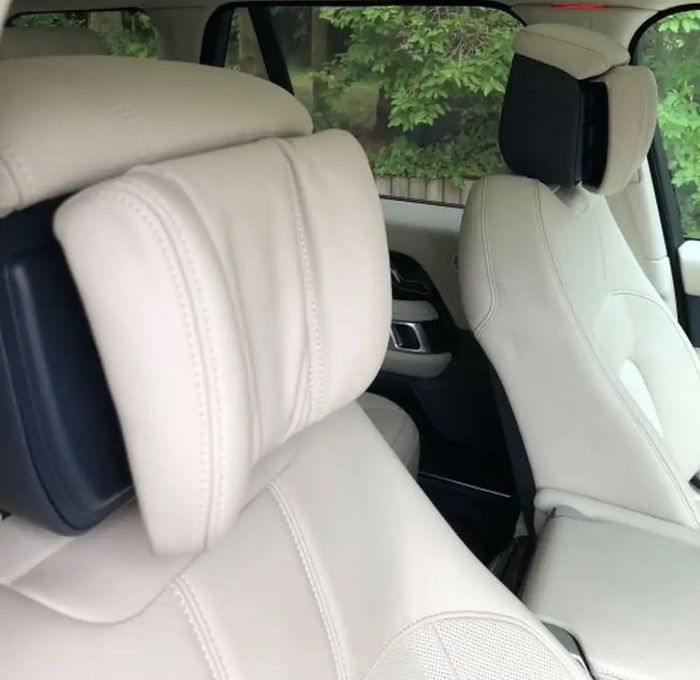| Executive Winged Head Restraint - How to disassemble? | |
Hi All,
So I had a annoying rattle from the rear of the car, eventually pinpointed to one of the rear headrests.
On one of the headrests you can physically move the whole thing front to back, but on the other its pretty stable, so I believe something has come away / snapped on the internals, strange thing is, it all functions as normal with regard to movement via the seat / headrest adjust on the door panel..
But these headrests do not remove like the normal ones, in that you cant pull them out of the seats for closer inspection
Anyway, I've taken the back off the seat to find that the bars protruding into the headrest from the main seat are fixed tubes and all of the movement happens in the headrest that actuates up and down that fixed bar.
What I would like to do is disassemble the headrest, I've got so far, by removing a thin cover panel, just behind the wings and can see a couple of torx screw and some retaining clips around the edge of the headrest (there appears to be a casing around the middle section), but I don't want to remove those screws and have it all fall apart and become unrepairable.
Does anybody have any experience with this, or maybe some workshop manual pages that show how to disassemble?
Its a 69 plate 5.0SC L405 Autobiography with executive rear seats.. (please see below for an image of the type of headrest taken from the web)
Thanks for any help
|





![]()



